Blog 10:
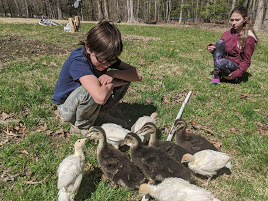
The image above features Sammy and Antonio with the ducks and chickens. This course has helped me understand how our culture is intertwined in our beliefs. I have used this knowledge to answer their questions questioning why we follow certain rules and customs. Understanding why is essential to achieve greater knowledge.
When I started this class I initially thought that I would learn that although culture is found all over the world, culture only attributes very little impact on our lives. This course has taught me that culture is found in every aspect of our personality, self-identity, and our perspective on how we see the world.
My attitude about social psychology changed drastically during this course. When I started this course, I believed that cultural and social interaction was necessary, but did not have any affect or outcome towards how people conducted their selves. I believed that culture was an outlier of psychology. I now know that cultural and Social Psychology determines what we feel, how we think about, or that it even effects on our moral values in a society. In other words, without cultural and social psychology leaving an impression on our personalities, our world views would change drastically.
If I took this course again I would try to have a deeper understanding on the differences in why relationship between cultural and social situations affect our perception on our behavior in certain circumstances, for example, our sense of moral values on good or evil, or right and wrong. I think this area is of great interest. I would also work on completing all my assigned work earlier in the week to avoid problems with bad internet connections. By the end of this course, I believe I have meet and understand the standards and objectives from the syllabus.
Over this course I have gained knowledge which has allowed me to connect different aspects of psychology within a society to get a better understanding on how our brain works. This connects have help establish a better foundation on how our surrounds affect our world. I have had the pleasure of learning that psychology, physiology, emotions, and social psychology are all interconnected in everything we experience. There is never only one reason or concept to explain our beliefs.
One of the skills I have gained from this course is the ability to acknowledge that although people look and sounds the same, I cannot expect them to understand my opinion because they may not perceive the world in the same context that I do. Different cultures, values, and experiences results in many miscommunications. This course has taught me that when I communicate I must open my mind to different ideas, and concepts for better understanding. This lesson will help me communicate more efficiently and have less misunderstanding in the future.
Blog 9:
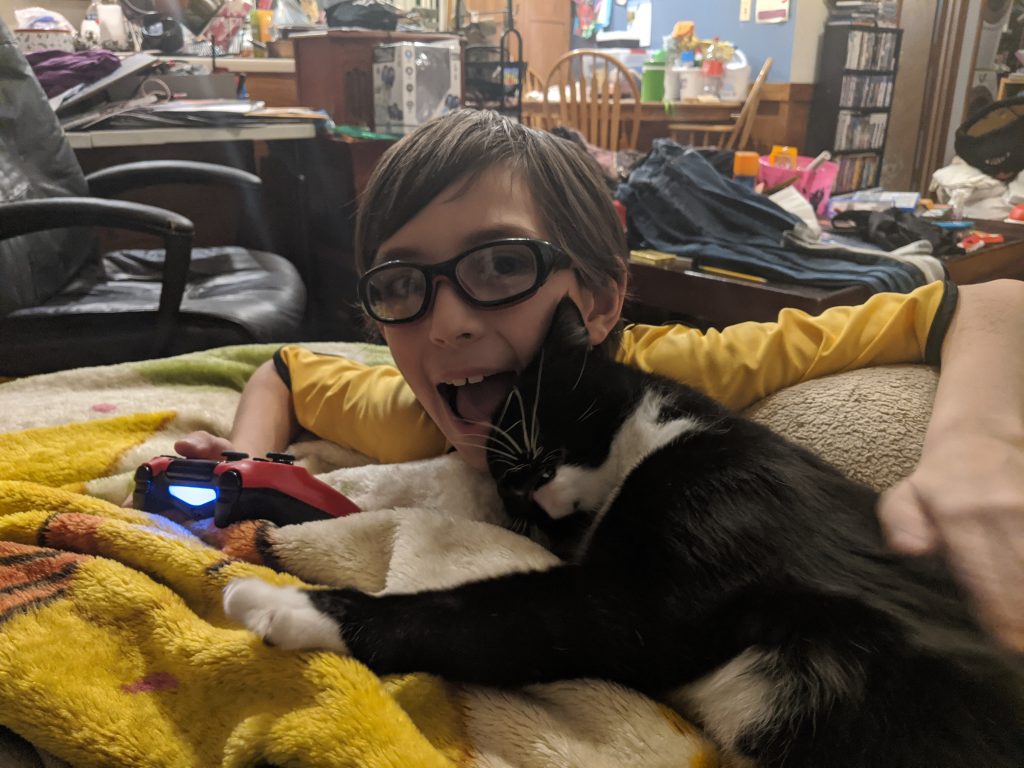
The Self-Determination Theory states that the needs for competence, relatedness, and autonomy are all essential for growth and integration (Ryan & Deci, 2020). This theory is an important part of cognitive, and emotional development. Each part is working in to provide a foundation into a working model. Self-esteem, confidence, self-confidence, awareness of self, and a satisfaction are all pieces in the gears of intrinsic and extrinsic motivation. Each of these parts relate to how we feel, what we perceive, rules and standards from social norms of society. Interconnected and assimilated until our identity, personality, and experiences make us into the person we are today. Without growth we can not evolve. Emotions are a result of evolving.
It is amazing how my other courses are interconnected. Everything we experience from childhood, to adulthood, and in-between teach us that Self-Determination Theory is essential in our development. It is a critical part requiring different parameters, depending on the subject, in every other psychology course. I have taken a variety of courses from child development, to abnormal psychology. Each course has included knowledge related to each other. The information gained from these courses set up addition ways to understand how we are, and our emotions. Self-confidence, self-esteem, psychological fears and desires are all integrated by different experiences, hormones, acceptance or rejection, and cultural. By understanding why and how we perceive that world from our own perspective, we can better understand our neighbors, friends, and even family.
This course has been very informative. One of the main things I enjoyed learning about was how our emotions and perspective are intertwined with our culture. I never really thought about why we express ourselves in certain ways, or how different cultures are integrated into how we behave. Although I realize that people are people no matter which part of the world they lived in cultural was a concept I overlooked in the importance of how a person is raised, or what they believed in would affect who they are as an individual. My mindset of a common misconception of assuming that although cultural is different around the world, different cultures would have the same effect as my own.
Reference:
Ryan, R. M., & Deci, E. L. (2020, January). Self-Determination Theory and the Facilitation of … Retrieved from https://selfdeterminationtheory.org/SDT/documents/2000_RyanDeci_SDT.pdf
Blog 8:

When I look at someone and listen to what they are saying I watch their eyes and their mouth for emotional and facial gestures to understand what they are trying to tell me. As an American my family and my self’s external facial expressions are exaggerated. When we are happy, we smile and laugh. Our eyes light up, and the little wrinkles around the sides of our eyes crinkle in joy. When we are sad, are eyes are watery, dimly lit from all the tears. Our eyes and expressions share our emotions and feelings better than words. As the saying goes, “Eyes are the windows into the soul”.
In the article, Emotion Perception Across Cultures, they compare American and Japanese cultures with how people experience and show emotion and facial expressions and how to perceive the signals. Different cultures focus on different parts of the face and watch for different reactions of expressions. This article was correct on how American and Japanese cultures interact with each other and show their feelings. I lived in Japan for two years and grew up in America.
Although people can generate universal emotions and responses across the world, each different culture pushes wither internal or external emotions are accepted. In one culture smiling may show happiness. In another, smiling with teeth may show aggressiveness. Where we look for signals of response on our face and why are integrated into every individual’s society differently.
Although American and Japanese’s cultural are used in the article. Since I have personal experiences in these cultures I used them as my examples to show why universal and culture display rules and regulations in this perspective is true.
For example, Japanese culture teaches their children that showing emotions, especially, negative emotions in a public setting reflects negatively on their selves, and their families face value. Individual actions are judged and is judged evaluated based on a collective society. Everyone on their own merit, but their actions are evaluated and accumulate towards their family, community, and country as a whole unit. This concept teaches children that strong emotions are kept inside as an internal positive, or negative expression, which results in strong internal emotions, but weak external facial signals.
American’s are the opposite. As an individualist society each person is judged and perceived as one unit. Everyone’s emotional outbursts have zero attachment towards a collective community. Their emotional outbursts only reflect toward their individual perspective and not as a collective nature. This means that shown feelings and emotions are not as externally taboo. American’s are encouraged to laugh, love, fight, and show their emotions and feelings through facial expressions, which results in a greater level of external results which match the internal level of emotion.
Reference:
Pogosyan, M. (2016, October 9). Emotion Perception Across Cultures. Retrieved from https://www.psychologytoday.com/us/blog/between-cultures/201610/emotion-perception-across-cultures
Blog 7:
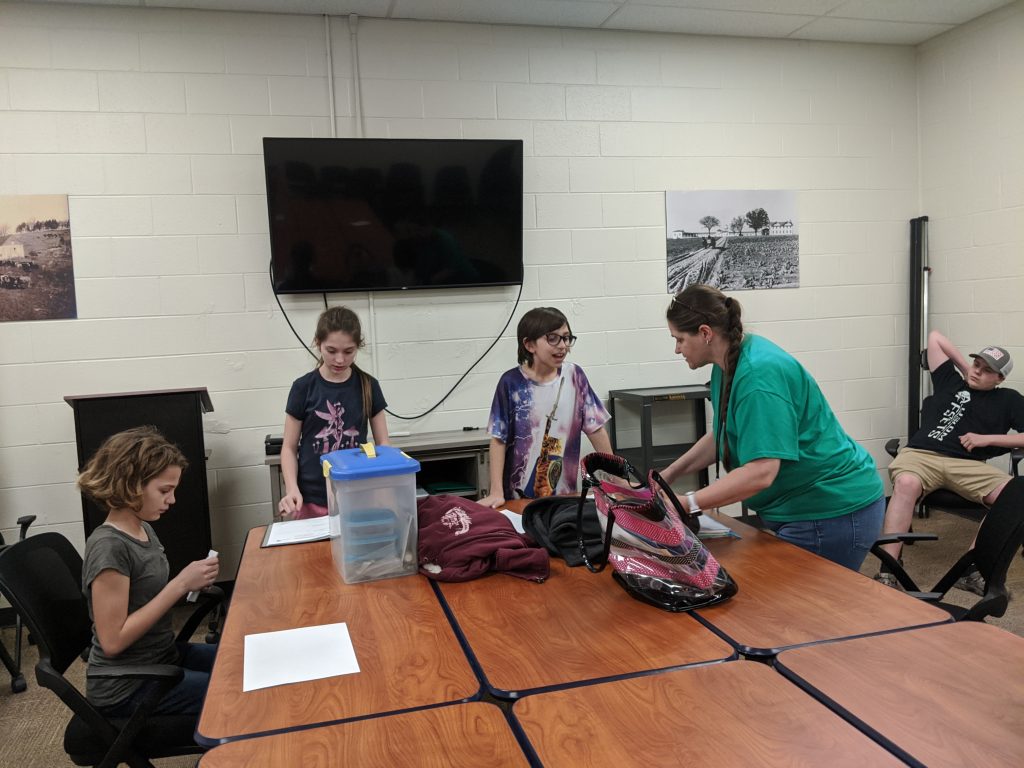
Non-traditional Gender Roles
Fairy Tales have been warnings or has had underlying advice for as long as oral history has repeated them. Fairy tales warn us how to act, what to think, and what is acceptable in that era’s history. For example, in the original movie Beauty and the Beast, the tale warns us that it is that if we are cruel to people in need of help, we will be cursed as beasts which reflect how we acted. Belle has difficulty fitting in because she is smart, curious, and can read. All these qualities were unwanted in a wife because she would question her husband or father. Gaston was a mighty, strong hunter, who was a man’s man, and was encouraged by his peers, and the winches to take what we wanted, regardless of consequences. These examples showed us what to except during this time frame. Men hunted, invented, made money, and had all the power. Women served their husbands and fathers and were discouraged to read or question the world. Women needed to accept their place as social norms dictated.
The new Disney movie, Beauty in the Beast, wanted to encourage changes in a stereotypical situation. Women could invent or encourage each other to improve their selves by learning and experiencing the world. They could be bold, and the heroine. Men or women do not have follow the standard gender sexual roles, such as LeFou. Men could cook, and clean.
Gender roles and culture rules are slow to change. Without people questioning or pushing to improve their lives, and experience what they desire our culture would stagnate in the never-ending, unlimited pressure of inequality.
My favorite novels involve a stand-alone heroine. She is not afraid to fight for what she believes in and be true to her heart and desires. There is always conflict and stereotypical gender roles in her professional, and personal relationships. As the novel ends, she is always positive about the future and believes the world can change for a greater place. Of course, sexual roles are also challenged. One of my favorite novel series is the Mercy Thompson series by Patricia Briggs.
Blog 6:
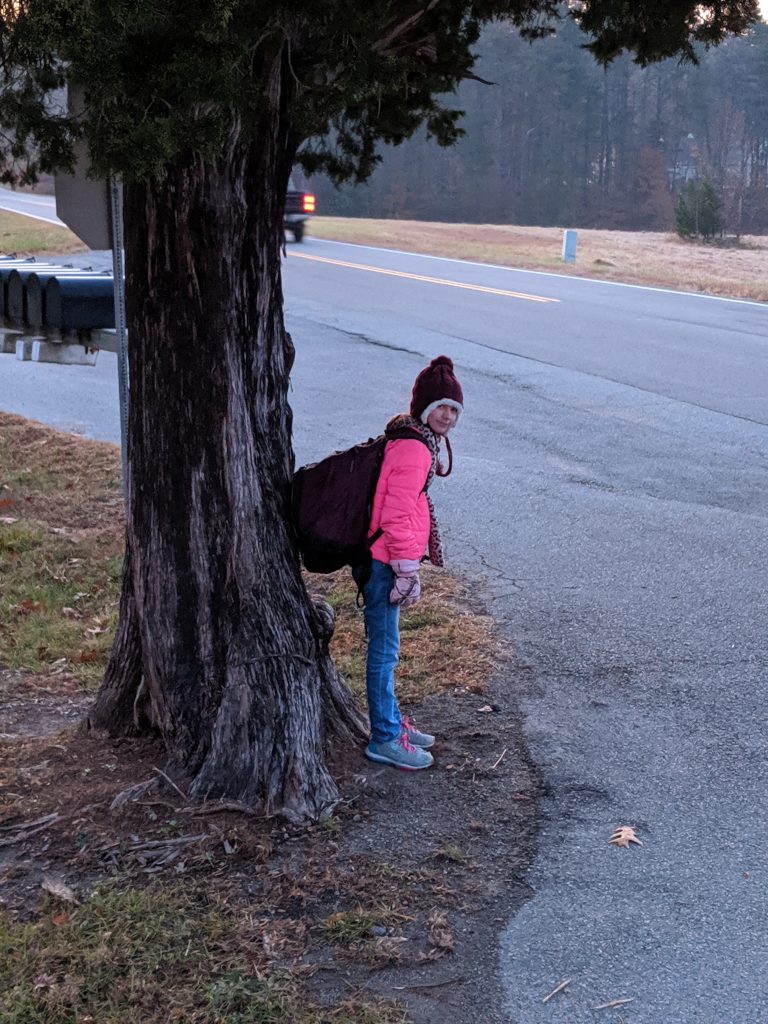
Taken by: Jessica DiPace
American culture is centered on independence. Although my culture focuses on independence, community is extremely important in my household. For this very reason the concept of autonomy is questioned in relation towards Self-Determination Theory (SDT). In order to have autonomy you must act on your values and meet the needs of yourself. Because of the conflict of putting another person’s needs above your own, you are no longer acting with autonomy.
However, as a mother and wife, my family’s needs must come first before my personal needs. My children take propriety, then my husband, and then myself. Although, most of the time my husbands and I are in sync with each other’s desires. This type of autonomy allows me to meet my interdependent culture value as a mother and wife. This means that I meet the qualifications for autonomy because my values are placed in relation towards my household’s needs. The image above represents taking care of one of my children. She is ready to get on the bus for school.
I meet my goals of competence through work, and hobbies. When I get the job finished and arrive home safely everyday I am competent which provides for my family. My needs are meet through this desire to complete my objectives every day. By completing my job, and goals I reach control in my life. This control allows me to meet my needs to enjoy my life.
I relation towards academics, I am satisfied with my grades. I break down my desires based on assignments and achievements. Once those goals are meet I am satisfied with my independent self-construct goals and values towards my self-esteem, and confidence. When I pass a class or excel in an assignment I am filled with pride. My academic achievements give me stratification in my identity.
Blog 5:
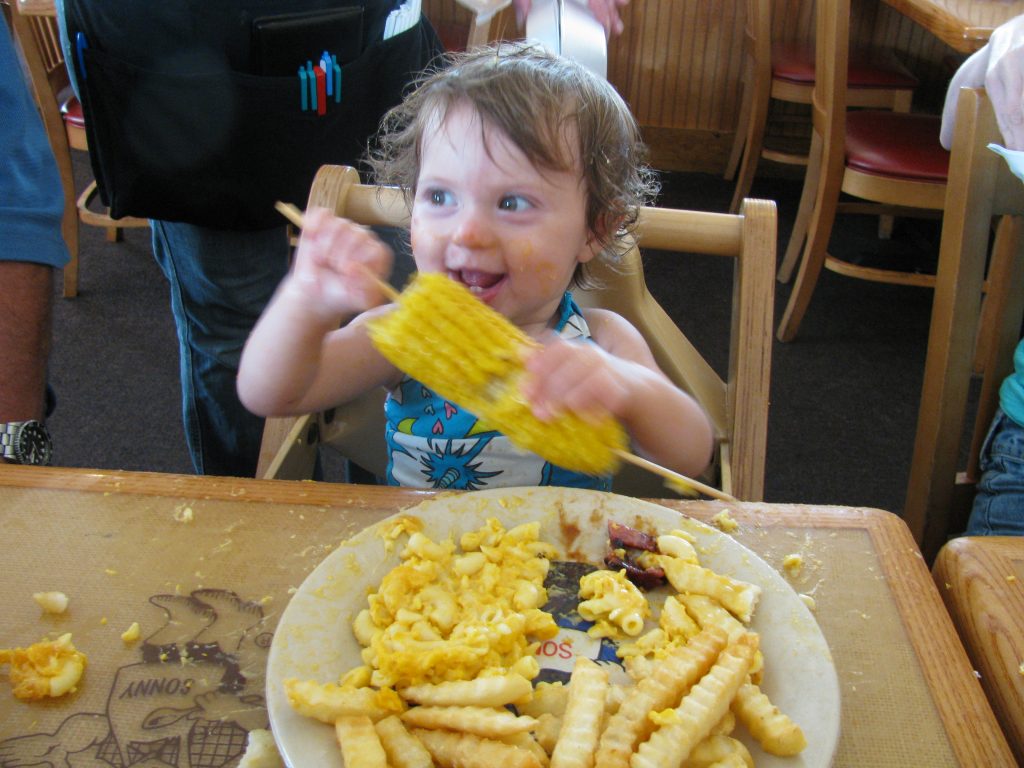
I think that my independent construal of self are numbers 3, 4, 6, 7, 8, and 9.
I am nice, passionate, and committed. I am committed, happy, and understanding. I am tired. These concepts are parts of my personality. My perspective is based on my emotions and how I treat other people. Compassion, understanding, and kindness are essential for human emotions. These feelings of empathy ensure a working society. These personality traits were ingrained into my identity since I was a child. I now identify myself according to these traits. My emotions, general well being, and health are directly related to how I feel.
My interdependent construal of self is numbers 1, 2, 5, and 10.
I am a mother and a wife. These family descriptions are in relationship towards my household. They are a big part of who I identity myself with and take a lot of time and energy to commit.
I
am a bus driver. This job defines what I do for a living.
I am also a daughter. I have responsibilities towards my parents.
Blog 4:

My study routine for my exam’s is a couple weeks’ worth of progress. First, I highlight what is important in the book, and take notes in my One Note app. After taking notes, I make flashcards on quizlet.com. Because of my schedule I need to have access to my notes on my phone. I have short amounts of time throughout the day to study. Small amounts of time add up quickly. I also search for other people’s flashcards on the subject. This allows for me to study different prospective on what is important in the chapter. Quizlet.com allows me to see my notes quickly and save my progress on my phone. I make sure to start studying weeks ahead of the exam. I did well on my exam, so I will continue this pattern of studying.
I am a terrible procrastinator. For this reason, I need to make myself stick to a schedule. If I do not follow my timeline, I will wait till the last possible moment to study. Because I know this about myself, I work hard to control what I need to do.
The review sheet for Exam 1 was extremely helpful to prepare us. Each chapter and section were broken down into subgroups with a general descriptions of what section you needed to understand to pass the exam. I followed the guidelines for each section and made notes in my One Note notebook. I found that this method helped me considerably to prepare me for the exam.
Next time I will continue to study the different concepts longer to ensure that I understand the exact nature of each item. I mixed up a couple of the concepts and definitions. Overall, I am satisfied with my grade. By allowing me to see which question I got correct or wronged helped me to understand which areas I need to review. Most of my classes build on top of the different aspects in psychology. By seeing which sections I need to work on I can establish a firm foundation in each subject.
Blog 3:

This image shows who I am. Bright, cheerful, and outgoing, but a little chaotic.
My 5 major personalities are consistent with the NOE test. My results were extremely close to my reality.
For openness (O) I scored low, which according to the chart means that I am down-to-earth, practical, traditional, and pretty much set in my ways. This is true. I am extremely go with the flow type of person. If something happens, then I will deal with it and not worry until that time. However, I do get very set in my ways. It takes facts and research to change what I think we I am being stubborn. However, if I am wrong then I do admit it.
I scored low in conscientiousness (C). This means that I am easy going. I am also not very well-organized, and sometimes careless. I also hate making plans, even though in most cases it is a requirement to meet others schedules. I prefer to do things when I feel like it with no commitment. I hate the expectation of planning. Most of my stress is time related. For example, am I on time?
I scored high in extraversion (E). I am very outgoing, and active. I also enjoy being around people. While I like to do some things by myself, I prefer activities with people most of the time. I enjoy spending time with outside activities, or board games. I like the excitement of getting together for a social gathering.
I am average in agreeableness (A). Usually I am trusting and agreeable. I do not mind following if someone has a great idea. I tend to trust that people in general will do the right thing. However, sometimes I am stubborn and extremely set in my ways. If I know you are wrong, I will correct you.
I am also average in neuroticism (N). Most of the time I am a calm person. I generally can deal well with stress. According to the test, sometimes I experience the feeling of guilt, anger, or sadness. However, everyone generally experiences these emotions in everyday life. In my experience, most days have complications which result can result in anger, or sadness. I personally think that I tend to have emotions in the middle spectrum of my emotional range. In general, I am neither thrilled nor depressed.
Blog 2:
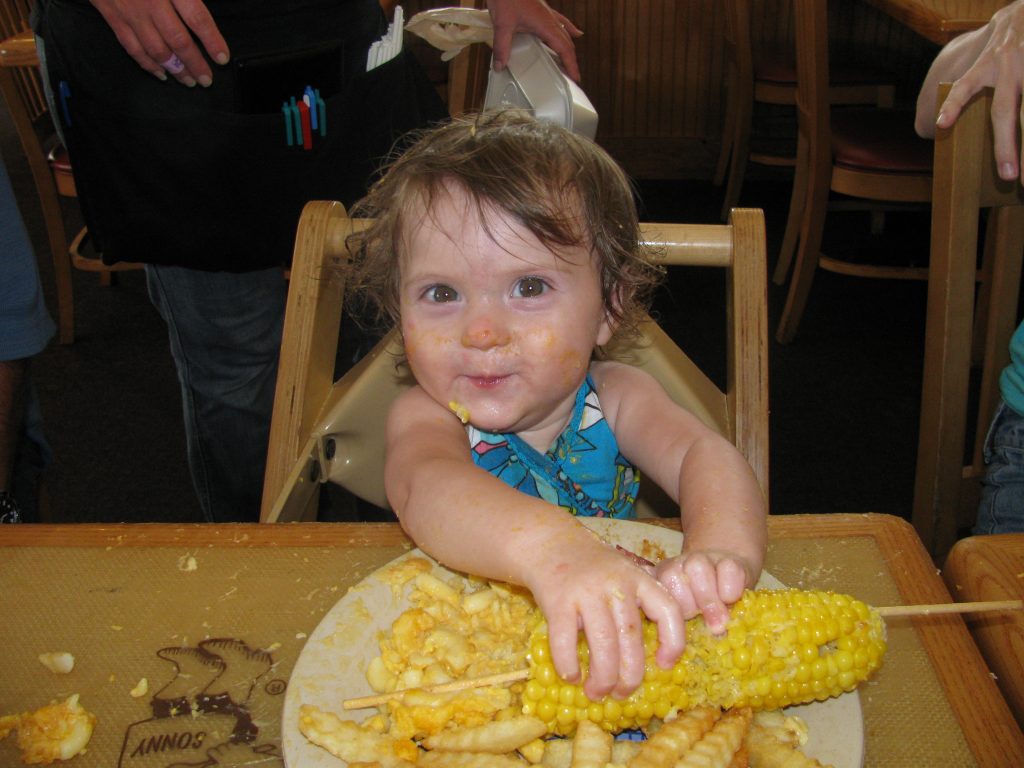
My family is the most important influence for me in this world. My main goal to continue my education streams from my desire to provide for my family. I joined the military right after high school, because my parents could not afford to support my future. I wanted to see the world and go to college. The Air Force was a positive influence that allowed me to experience both. I experienced new things, and had the chance to see the world. After the military I focused on raising my family.
When my kids were old enough to start elementary school, I started my reach towards my educational goals. By joining the Air Force I am able to pay for college by using the GI Bill. I would never have been able to afford it otherwise. I have been working on my bachelor’s degree on and off for the last 8 years. I am finally in my last semester before graduating with my Bachelor’s degree.
My family has helped me greatly with my children so I can complete my classes. My husband has worked overtime to provide for us, while I attend school, work part time, and take care of the kids. He provides everything we need to support our family so I can complete my education goals. My children are also understanding when I have assignments I need to complete. They help by helping with the household chores. My family, both household and extra, are my main support system. They encourage me to do my best in school and in life. I am extremely grateful for their help and love.
Blog 1:
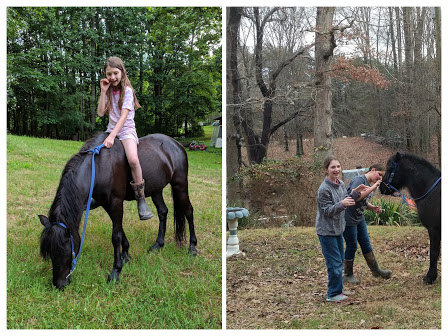
The course syllable outlines what we are expected to learn in an efficient way. It is easy to understand and tells us exactly what we should expect for this year. I am excited to have a e-portfolio link that will be available for my professors and I to use to help me achieve my future goals. This is the only class that I am taking that has allowed us to explore this opportunity.
I am excited to learn how cultural and psychology interact between each other. Generally, when I think about the relationship of psychology I associate emotions, feeling, and experiences. How we are raised, and where we are raised never factored into having a direct relationship with why we have certain values or perspectives.
One of my challenges for this course is taking the class online. I am terrible at procrastination. During this term I must hold myself to certain deadlines, without pushing myself to submit my assignments last minute. My schedule is hectic. Family, relationships, work are all a part of my chaotic life. I understand that things happen that are out of our control, but I need to push myself to keep on schedule.
I am excited about this course and look forward towards a new learning experience.